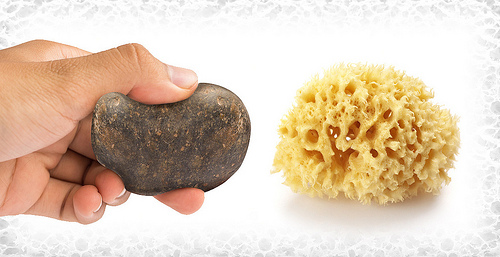Podcast: Play in new window
BOB HIRSHON (host):
A physics-defying discovery. I’m Bob Hirshon and this is Science Update.
Squeezing a material ought to make it smaller and denser. But Argonne National Laboratory materials chemist Karena Chapman and her colleagues have found a case where the opposite is true. They took zinc cyanide, an electroplating material, immersed it in various fluids, and applied extreme pressure to the surrounding liquid. Under the right conditions, the bonds in the material rearranged.
KARENA CHAPMAN (Argonne National Laboratory):
The material expands under pressure instead of contracting and so after you apply pressure to it, the material that you get at the end is actually half the original density. And so it goes from being dense like a stone, and ends up being a porous material that’s kind of like a molecular sponge.
HIRSHON:
It also doubles in size. Chapman expects the technique could be used to make other solid materials porous – a property that’s in increasing demand, for materials used in everything from pharmaceuticals to nuclear reactor safeguards. I’m Bob Hirshon for AAAS, the Science Society.

